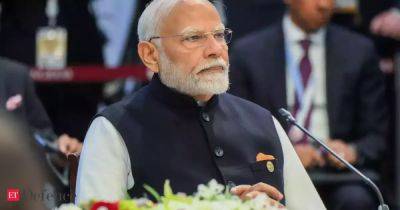American elections: The enduring puzzle of a 50-50 nation
Subscribe to enjoy similar stories. In less than a month, the US presidential horse race will reach the finish line. No one knows who will win.
Kamala Harris and Donald Trump are tied in the polls at roughly 48% each and it’s impossible to predict the outcome. This situation is not new. The 2016 and 2020 elections were just as close, and earlier, in 2000 and 2004, the candidates were less than 2.5 percentage points apart in the votes cast.
However, even the popular vote does not matter at the national scale. The US presidential election is not decided by who polls more votes across the country, but through an Electoral College with 538 members (making 270 the winning number). All states have electors in this college; the number of electors in each state is roughly in proportion to the state population (but biased in favour of small states).
All the electors of each state (except Nebraska) must vote for the candidate who wins the state’s popular vote. In this system, winning a state by millions of votes or a single vote comes to the same thing. That candidate wins all the state electors.
So strange is this system that in 2000 and 2016, the candidates who became president (George W. Bush and Donald Trump respectively) were elected with fewer votes overall than their opponents. This complicates the central point of this column.
With the exception of Barack Obama’s two victories in 2008 and 2012, the US has become a 50-50 nation in the 21st century. There are only two real political parties and therefore just two political blocks. Currently, 43 of the 50 states that make up the Union are clearly in one block or the other.
Read more on livemint.com





















